The summer of 2009 and my family had traveled to Galveston, TX, to watch my oldest son Jeremy compete in the national jump rope championships. While in Galveston, we stopped at a couple of playgrounds where my daughter played. One of those playgrounds was brand new and located in Menard Park between 27th and 28th streets off Seawall Blvd., basically across the street from the Gulf of Mexico. What a great setting for a park and playground.
The playground and park were in sight of the severely damaged and now torn down USS Flagship Hotel. The hotel, as well as much of Galveston, suffered horrific damage when Hurricane Ike stormed on shore as a Category 2 hurricane on Sept. 13, 2008.
Until it was torn down in 2011, the hotel, among other still damaged areas of the city, was a constant reminder of the terrible destruction wrought one of Mother Nature’s most destructive natural disasters: hurricanes. The pier is now home to Pleasure Pier, a new amusement park, which will open this summer.
Seeing the scattered pockets of destruction that remained was somewhat fascinating to me. You see, living in eastern Idaho, we’re not prone to many natural disasters. On the rare occasion, there might be a tornado or a very strong thunderstorm with high winds in the summer and we do live near a fault line, but about the only real natural disaster we have is a major snowstorm during the winter. Those can be very dangerous but we’re usually able to prepare for them and the damage—knock on wood—has been very minimal.
I have personally experienced just one natural disaster. It was while on a business trip to Tokyo, Japan, a dozen or so years ago. I was awakened in the middle of the night by an earthquake, which rocked the hotel where we were staying. It was strong enough to wake me up but when I called down to the front desk to ask what was going on, I was told it was only a “minor” earthquake—about 3.5-4 on the Richter scale. No big deal, I was told. I was wide awake after that though, until the sun came up.
So, when I was in Galveston, it was interesting to see the kind of damage natural disasters such as hurricanes can cause. I mean, we all see the damage on TV, but seeing it in person— even two years later—is, well, fascinating. That’s probably not the best choice of words to use, especially for those who lived it.
It was on that trip that I began to wonder and really ponder about the damage caused to playgrounds, parks, skateparks and splash parks. Pictures of mangled playground equipment usually don’t make the front page of newspapers or the nightly news after a hurricane comes on shore, a tornado rips through a town or an earthquake shakes the earth.
But I still vividly remember that picture last year of a playground near a destroyed hospital in Joplin, MO, a town where 30 percent of the city had been reduced to a pile of rubble by a tornado in May 2011. That picture seemed to be everywhere in the news.
Aside from the physical damage and resulting financial costs, which I’m not trying to downplay at all, I thought about the emotional damage of those children who played on playgrounds and at splash parks that were no longer even recognizable as play spaces. It goes a little deeper than, “I’m sorry son, we can’t go to the playground today.” It’s more like, “The playground is no longer there,” or “It’s not safe to play there.”
Fortunately, most people heal, physically and emotionally, and things, including parks and playgrounds, can be rebuilt. And, fortunately, kids bounce back pretty quickly, especially when they can play outdoors and enjoy just being a kid.
That’s what I saw in a park in Galveston that summer day years ago, even with an ugly reminder only a block or two away. Kids were being kids on a new playground—a playground that offers a welcome diversion from the cares of the world. A place for laughter and happiness. A place where kids can hang out with their friends and family—the way it should be.


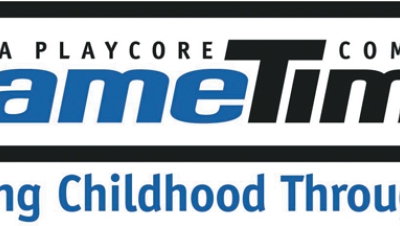







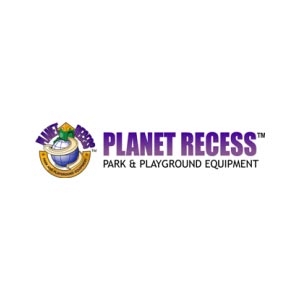
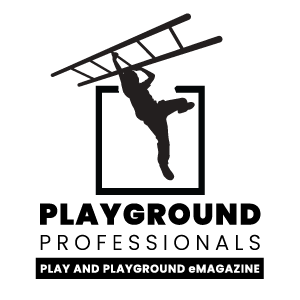
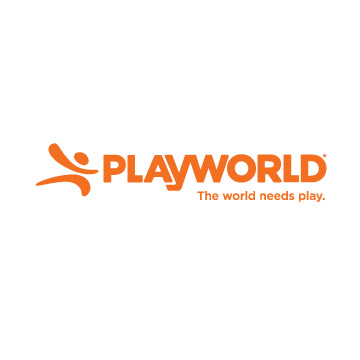




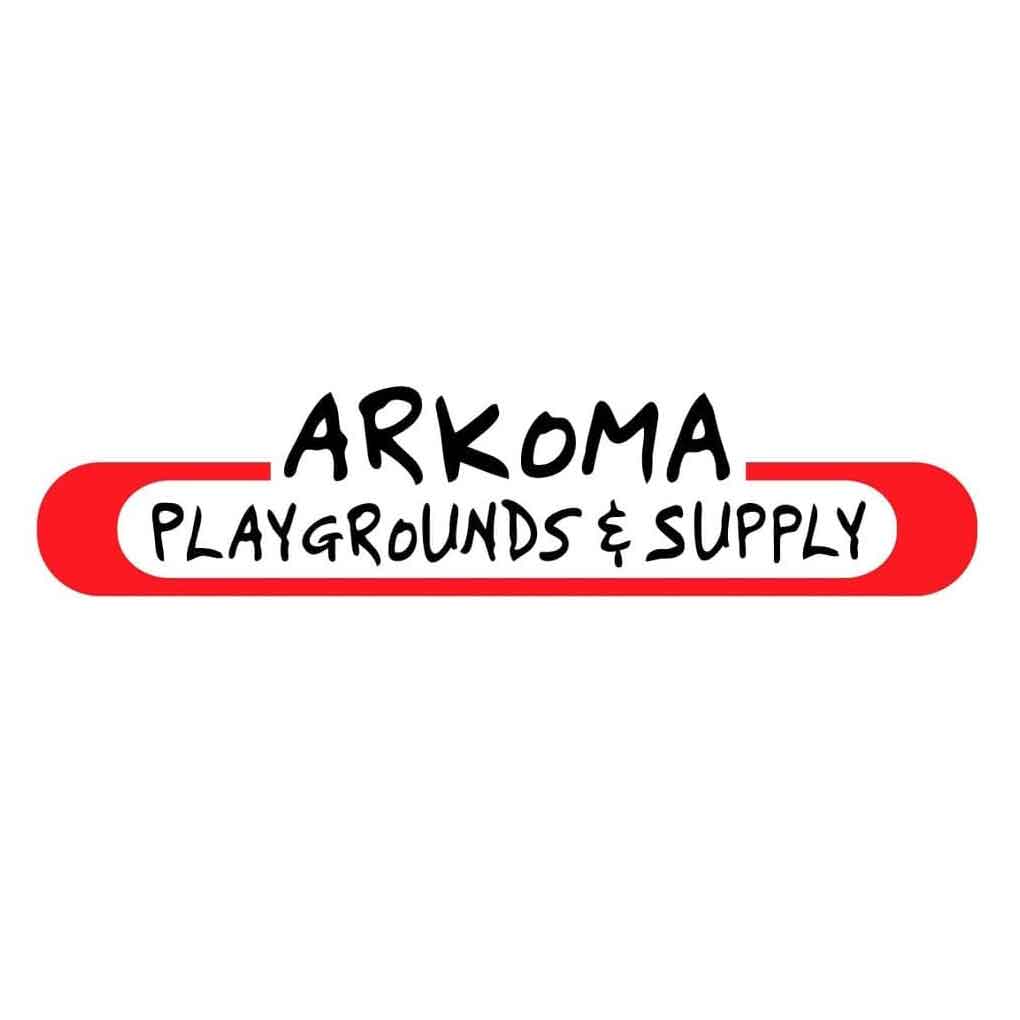

Add new comment